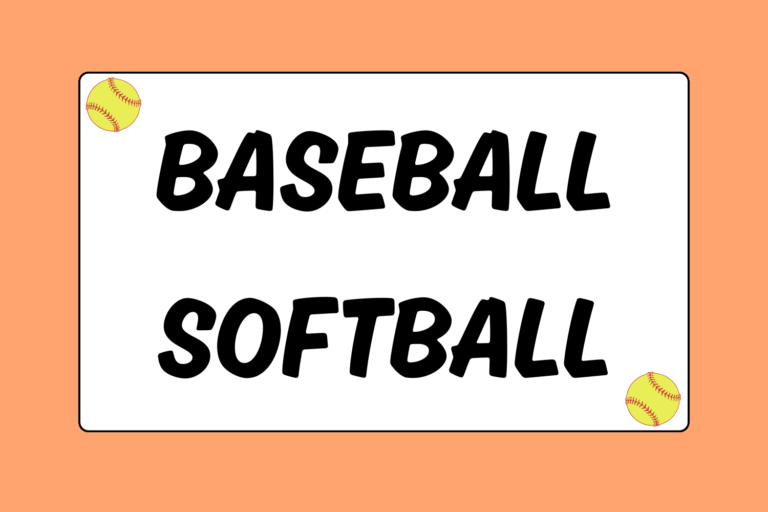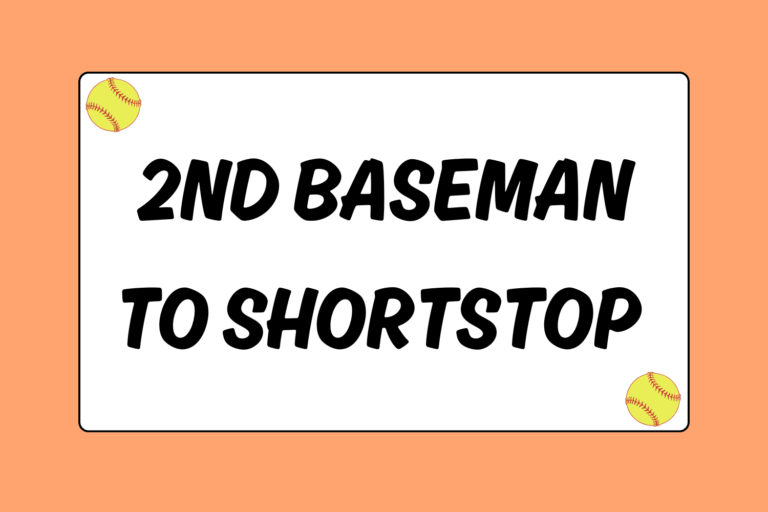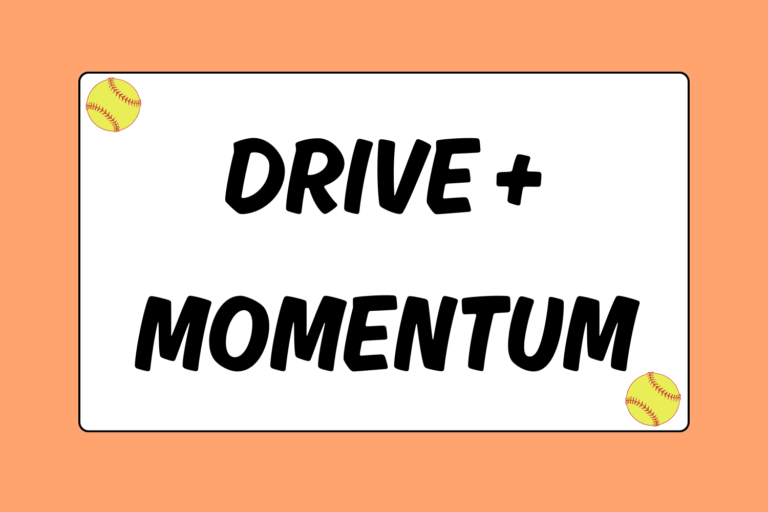Playing outfield isn’t just catching pop-ups. It’s tracking. It’s charging. It’s communicating. It’s going for the fence. The outfield requires a special kind of player. She must be quick, smart, have good vision, quick reflexes, and a great arm. This guide discusses exactly what is needed to become a good outfielder.
Territory
The green belongs to the outfielders. Before every pitch, envision a circle around you on the grass that projects the farthest point where you can make a catch, and then strive further. Be aggressive.
If there is ever question as to whose ball it is in the outfield, the centerfielder always has priority. If she can get to the ball, it’s hers. If you are hesitant to take someone’s ball, don’t be. If you need a little more practice, find a nearby field and take some fly balls and grounders. If you can envision your territory when you are alone, you’ll be able to do it with a player to each side, as well.
Likewise, if there is a shallow fly ball near the infield, the ball belongs to the outfielder if she can get there. The reason for this is the outfielder will generally be coming forward while the infielder will be going backwards.
Lastly, an outfielder should never assume an infielder will catch the ball. When you don’t communicate, the ball could end up falling between two standing players (which should never happen). Infielders are supposed to run for a ball until an outfielder calls them off. So just because the shortstop goes after a shallow fly, doesn’t mean you should back off.
Hot Tip: Reaction Drill
A great way to get comfortable with your infielders is to practice. This drill helps infielders and outfielders gain confidence in each other’s abilities and range for fly balls: Start with one infielder and one outfielder, both with their backs to the coach (batter).
The coach will hit a pop-up, and when the players hear the ball being hit, they may turn around to track the ball. The ball cannot drop. One player must call off the other to get the ball. After a few practice rounds, use two outfielders and two infielders and a larger area to make the drill more challenging.
The Drop Step
The drop step is incredibly simple. It is one of the most important — yet often overlooked — skills an outfielder needs. An outfielder’s first instinct should always be to drop step whether the ball is in front of or over her head.
A drop step is simply taking a step backwards with the foot respective to where the ball has been hit. If the ball is hit over your throwing shoulder, you drop step with your throwing-side foot. If the ball is hit over your glove-side shoulder, you drop step with your glove-side foot.
If the ball is hit directly over your head, most outfielders drop step with their glove-side foot, but it depends on what’s more comfortable for you. While you drop step, turn your shoulders accordingly.
The Crow Hop
The crow hop is what gives outfielders the extra push to make throws to the infield. It is an exaggeration of the footwork used when throwing.
When you set up to make a throw, you step forward with your throwing-side foot so that its instep faces your target before stepping through with your back leg as you throw. The crow hop exaggerates this motion.
After fielding the ball, drive your throwing-side knee up towards the sky. Your back knee follows in the same fashion as you take a giant leap forward. Envision a short wall that you need to jump over — your feet must leave the ground. As your feet land, you will immediately step through with your back leg and release the ball.
More often than not, the momentum will force you to take a few steps after your throw as your entire body is being hurled towards your target. Some players even fall forward because they are putting so much force into their throw.
Tracking Balls
Every outfielder needs to be able to track a ball. You have to read the ball off the bat, anticipate its flight path, and expect where it will land (and be there). You also have to take into account the wind factor.
Always sprint. You will be a much better outfielder if you hustle to everything. If you have time, you should be waiting underneath a fly ball, instead of coasting and catching the ball on the run.
Tuck Your Glove
When you run for a ball in the outfield, you should never run with your glove in the air. Not only does this look a little silly, but it slows you down when you are trying to sprint. The correct way to run for a ball is to tuck it between your arm and chest. Only when you get under the ball should you reach up with your glove.
Going for Grounders
The first thing to know when going for grounders in the outfield is that you never want to run at it. You need to learn how to anticipate where the ball will land and sprint to that spot, rounding towards it so that when you field the ball you are squared towards your target. This will cut down on the time it takes to gather the ball and make a throw.
The second thing you need to know is how to field a grounder. There are two ways:
- The first way is only usable if there is no play to be made in the infield. If this is the case, you drop down to your throwing-side knee and square your shoulders to the ball, block the ball with your body, and field it from your knee.
- The second way is used when there is a play in the infield. You’ll need to field the ball outside your glove-hand foot with only one hand while moving forward. You are essentially fielding it as you begin your crow hop so you really need to follow the ball with your eyes and keep your head down.
Protect Your Eyes
If you play outfield, your eyes will be strained (and perhaps blinded) by the sun. If you lose a ball in the sun, don’t expect your coach to empathize with you. You are expected to know how to play with the sun in your eyes. The best ways to protect your eyes from the sun are to use sunglasses, hats, visors, eye black, and (of course) your glove!
Throwing from the Outfield
Outfielders have the longest throws, which call for a certain technique. The key to an outfield throw is an earlier release point and a bigger motion. After you catch the ball (with two hands), you’ll retrieve the ball out of your glove then proceed to extend your arm straight down and behind you. You’ll then make a half-circle back up to shoulder-height, where you can bend your elbow to get into a throwing position.
As you throw, your release point is higher (earlier) to create a slight arc on your throw to gain distance. A crow hop will give your throw the extra push to get the ball in quickly.
Be Unstoppable
Remember, as an outfielder, you are one of three. Help each other by directing your teammates to where the balls are, where the fence is, and where throws should be made. Also, make sure you aren’t holding onto the ball because if you do, the runners will be moving. If you can get the ball in quickly, you can prevent runs from scoring.
A pitcher needs a good outfield to feel confident on the mound, and knowing that fly balls will be caught is extremely confidence-inspiring. Be reliable! If a pitcher doesn’t mind getting hit because she is confident in her outfield, the outfielders are definitely doing their jobs.





